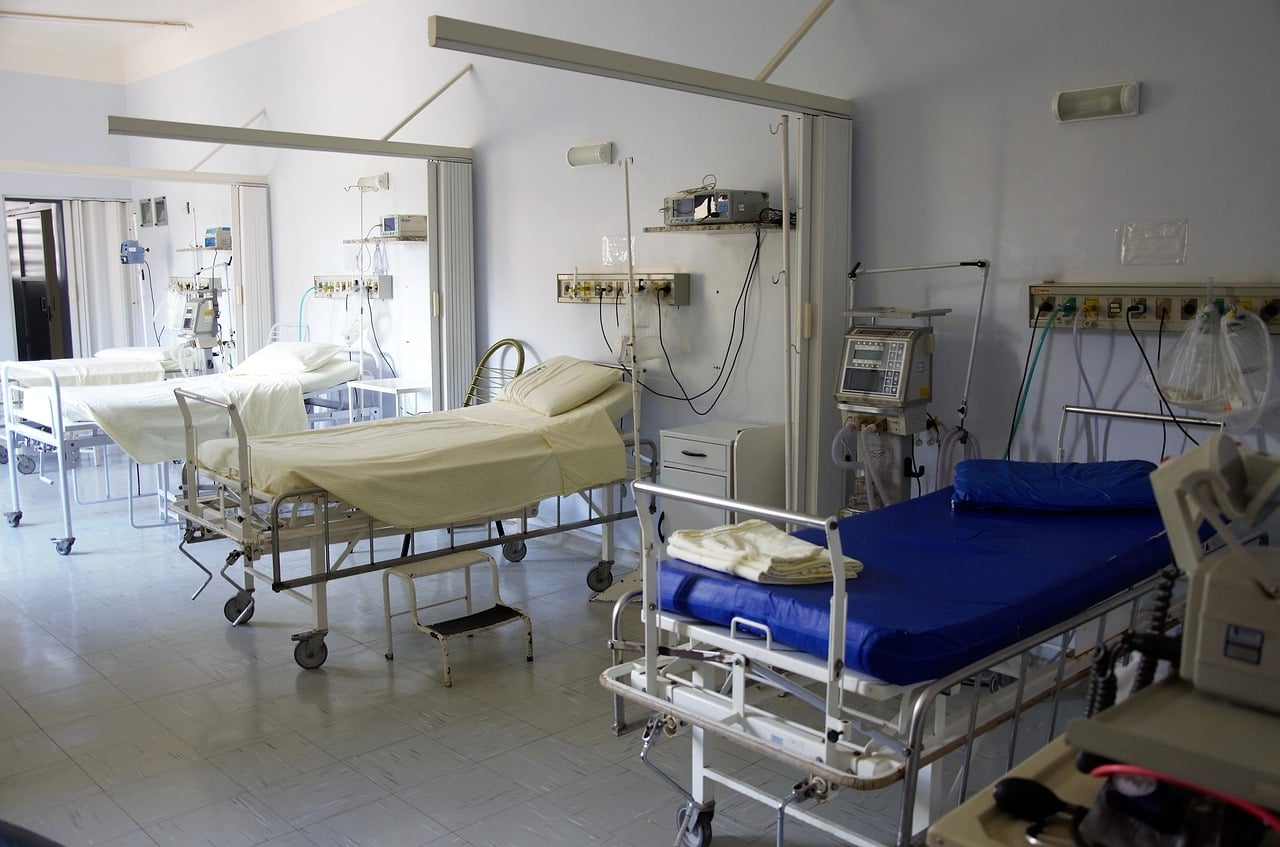NYS, Others, to Use CPAP-Like Breathing Machines During Ventilator Shortage; Modifying Sleep Apnea Devices to Supplement Ventilators Could Save Many Lives
Q4 2019 hedge fund letters, conferences and more
WASHINGTON, D.C. (March 31, 2020) - Governor Andrew Cuomo announced this afternoon that New York State has ordered some 7,000 BIPAP machines - similar to CPAPs and used for sleep apnea - to help cover the anticipated shortage of hospital-type ventilators to treat patients with COVID-19.
Modified BIPAP Breathing Machines To Work Like Ventilators
Similarly, the Northwell hospital system - which runs Lenox Hill, Long Island Jewish and Staten Island University hospitals - reported that it is modifying 300 BIPAP [Bilevel Positive Airway Pressure] breathing machines to work like ventilators to help keep COVID-19 patients alive when it runs out of ventilators.
Fortunately it takes only a simple adaptor which can be manufactured on a common 3D printer, so the specifications for the adaptor can be made available over the Internet to permit many more conversions, notes professor John Banzhaf, an MIT-educated engineer and inventor who has been promoting the idea of using CPAPs and similar breathing machines to help save lives during the ventilator shortage crisis.
He also notes that at least one person suffering from COVID-19 was reportedly treated successfully using an even simpler CPAP breathing machine - sometimes called a "poor man's ventilator."
Shortly after he suggested these uses, the federal FDA, and also its Australian equivalent agency, recommended using such devices during the crisis. The FDA said: "Continuous Positive Airway Pressure (CPAP), auto-CPAP, and bilevel positive airway pressure (BiPAP or BPAP) machines typically used for treatment of sleep apnea (either in the home or facility setting) may be used to support patients with respiratory insufficiency provided appropriate monitoring (as available) and patient condition."
Even more important than its mere recommendation, notes Banzhaf, the FDA has provided emergency legal authorization for these novel emergency uses, thereby freeing hospitals to use them without fear of legal liability.
Legal Liability For Medical Malpractice
On the other hand, notes Banzhaf, in light of this official recommendation and authorization, if a ventilator shortage does kill patients, as it did in Italy, and a hospital did not even try using BIPAP, CPAP, and other similar devices to keep patients alive, it could face massive legal liability for medical malpractice. Indeed, one legal web site is already spelling out how lawyers could sue hospitals on behalf of patients who are killed by a lack of ventilators or other breathing assistance.
It's one thing for a hospital to claim that it simply could not find additional ventilators to buy, or perhaps even that it could not reasonably afford to buy dozens at an estimated cost of $50,000 each for use only for a few months.
But if CPAP, BIPAP, and similar breathing machines are readily available for about $1,000, and hospitals do not even try using them to avoid having to let patients die from a clearly foreseeable lack of ventilators, juries are likely to be outraged and return huge verdicts, predicts Banzhaf.
Professor Banzhaf has been called "a Driving Force Behind the Lawsuits That Have Cost Tobacco Companies Billions of Dollars," "The Law Professor Who Masterminded Litigation Against the Tobacco Industry," "Legal Academia's Instigator in Chief," an "Entrepreneur of Litigation," and a "Trial Lawyer's Trial Lawyer."




